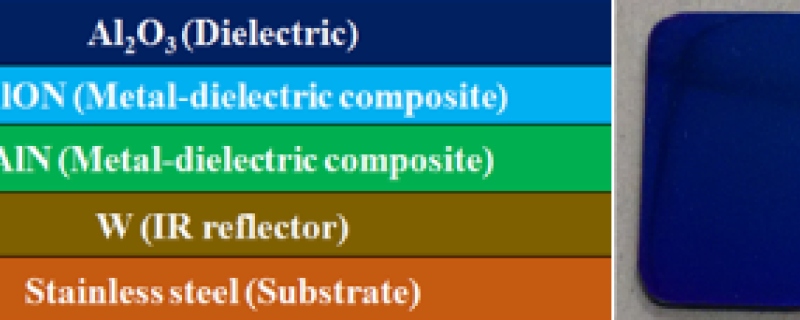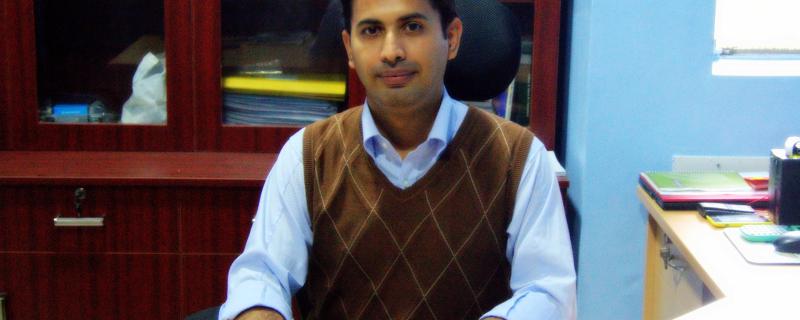Black coloured rooftops have become the norm of many of the cities’ landscape with increasing number of houses switching over to sustainable, efficient and clean energy source – solar energy. Solar-thermal power systems that convert solar energy to heat or electricity are becoming ubiquitous. These systems typically consist of a flat plate collector that utilizes solar absorber coatings to get maximum conversion efficiency from incident solar radiation to heat. These collectors are coated black to enhance the absorptance- the effectiveness of absorbing radiant energy. Now, a group of researchers, led by Prof. Bikramjit Basu from the Material Research Centre at the Indian Institute of Science, Bangalore, and Dr. Harish C Barshilia from CSIR-National Aerospace Laboratories, has developed a new, colourful coating for flat plate collectors, thereby increasing its absorptance without compromising the aesthetic appearance of the roofs where they are installed.
A new review reveals that rising global temperatures, increased pollution, and extreme weather events are driving a global surge in eye diseases, disproportionately affecting vulnerable communities and challenging healthcare systems.
Roorkee/




